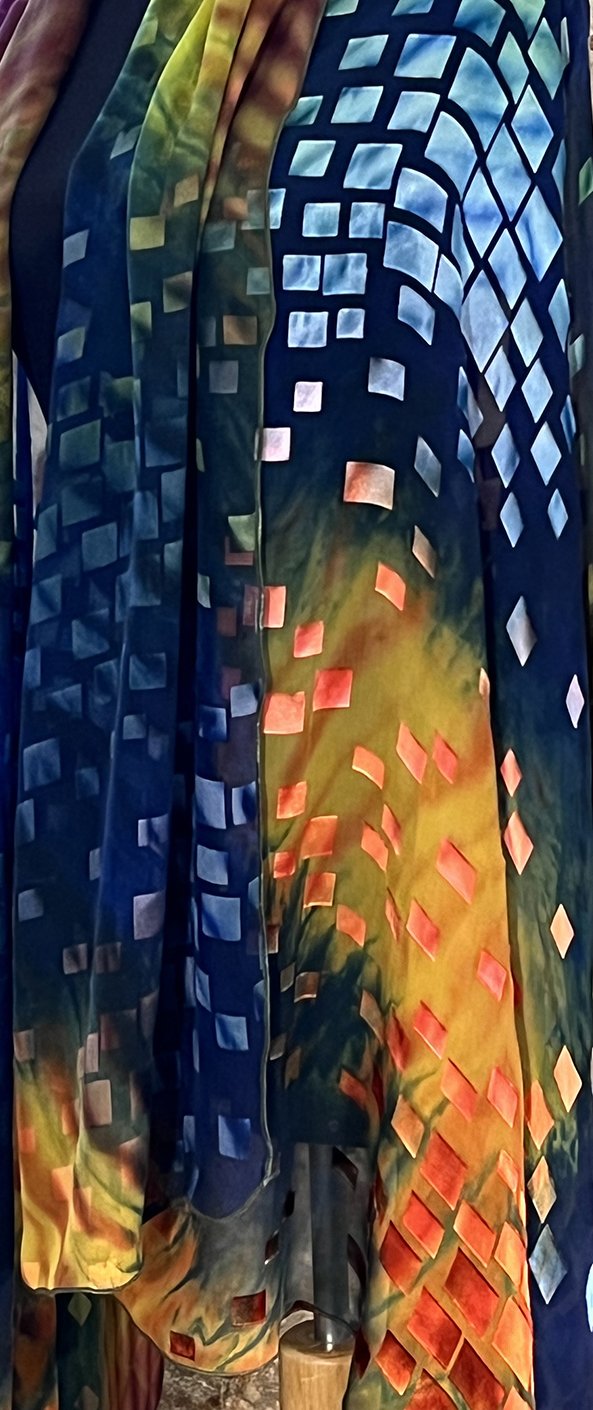I have been thinking, writing and making changes in my life as a means for changing focus and gaining clarity. I call this process reinventing oneself. I will be writing more, but today when I came across this mini memoir I wrote long ago, I realized that this reinventing has been going on for me for a long time.
Contacts, Pleasure and Pain
1964
The year I graduated from Rome Free Academy in Rome, New York, my Dad was stationed at Griffith Air Force Base. I remember the gate to the base, the fence around the sergeants’ section and the fence around the officers’ section. The base hospital was a few blocks away and the pavilion was up on a hill behind it. They sold Kent cigarettes in the cigarette machine in the lobby of the hospital. They cost thirty-five cents and I bought a pack, took them up to the pavilion to try them out.
The pavilion was dark and damp. No one else was inside. It was a wet, rainy weekday after school and Lorraine and I walked up there. Lorraine smoked all the time. I hadn’t tried anything and I was going on seventeen.
That summer between my sophomore and junior year when we moved up there from Topeka I decided to change my whole style. First thing I did was remove my glasses. I couldn’t see without them but I felt I looked a whole lot better. Karen was getting contacts. That was the latest. They had just come out with them and I wanted them, too, but they cost eighty dollars and that was with our base discount. They’d be twice that off base so I had to get them before I graduated from high school or I wouldn’t qualify for the discount anymore. And it was me who would have to come up with the eighty dollars. That would require a lot of babysitting so I started figuring ways to talk myself out of wanting contacts. For one thing I’d heard about the getting used to them part and, I didn’t too much like the idea of going through all of that.
So I started saying to myself the beauty would be more than I could handle. There are benefits in looking good, but there comes a point where you can look too good. I hadn’t reached that point, yet, but I wasn’t sure I wanted to. Look at Marcie. In sixth grade she was my best friend and had a long blond ponytail and someone wrote I like to f*** Marcie up on the water tower on Burnet’s Mound where everyone went parking. I know it wasn’t true because Marcie was my best friend and if it were true she would have told me so. Somebody must have written that because of her blond ponytail. So anyway, I figured it’d be best if I didn’t get contacts.
Karen got hers, though. There were a bunch of kids in her family, like mine. She worked in a beauty shop sweeping up hair, and she saved her money. She ended up getting murdered in a restaurant bathroom in Florida the summer after we graduated. I decided then and there when I read the murder story in True Detective Magazine and looked at her senior picture with no glasses, staring out at me, the photo blown up to fill the full page, that I was never getting contacts.
The second thing I did moving to a new base was that I decided not to be shy anymore. I didn’t know if you could just up and do something like that, just decide not be shy. I always figured shy was something you were born with but I figured I’d give it a try. I borrowed a white, low cut, sleeveless, cinched waist, circular-skirt dress from Lorraine. I had a suntan from being a water safety assistant at the pool all summer and that white dress next to my dark tan and no glasses, well, when I looked in the mirror, I couldn’t believe it was me.
We were going to a CAP dance, Civil Air Patrol. It was an outside dance and since I had this new attitude about not being shy, it must have worked because these cadets and airmen were asking me to dance. It might have had something to do with the fact that guys outnumbered girls ten to one, but I didn’t think about that at the time. I just said yes and danced.
The cadets weren’t bad, the airmen were too old and the base kids who happened to show up were the best. Tony asked me to dance three times. He was a big football player at the school I’d be going to. He walked me home and I let him kiss me good night. That was the second kiss I’d ever had. The first kiss was by Kenny back in Topeka. He was out of high school already and told Marcie I didn’t even know how to kiss.
Well, I figured I did better with Tony because my period was due and not coming. I was certain that sperm crawled out of him, down my borrowed dress and got up inside somehow. It had to: Why else would my period not come. Thank goodness it finally did, six weeks later. I still didn’t go out with Tony anymore. I just stared at his butt at football games.
Lorraine lit my Kent cigarette in the pavilion and handed it to me. I sucked in hard like she said, but it must have been too hard because I coughed forever. This is not fun, I said. Why do you do it? I asked her. It gets easier, she said, but I decided, then and there, I wasn’t going through pain for pleasure. I think of Karen every time I enter a restaurant bathroom.









































